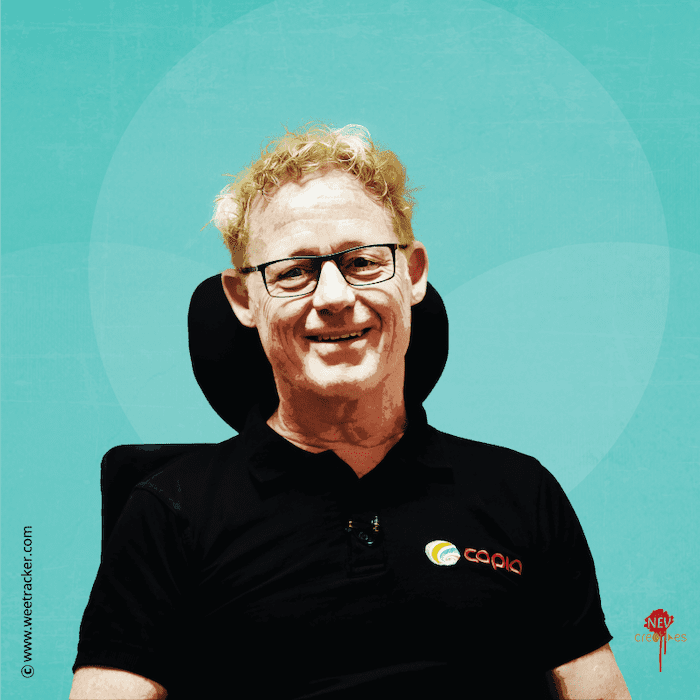

Building a company not a Unicorn
By
|
November 21, 2023
Most Read
Premium
Latin American Fintechs Storm Africa In Fiery Digital Gold Rush
Latin American fintechs are increasingly turning their attention to Africa, drawn by the
Premium
ChitChat, Union54’s Daring Do-Over, Is A Bold Bet On Path Less Travelled
Perseus Mlambo’s Union54, the product of a series of pivots, proved to be
Premium
Fake AI Videos Of Nigeria’s Influential Figures Fuel Social Media Swindle
Over the past year, there has been a surge in artificial intelligence (AI)-generated